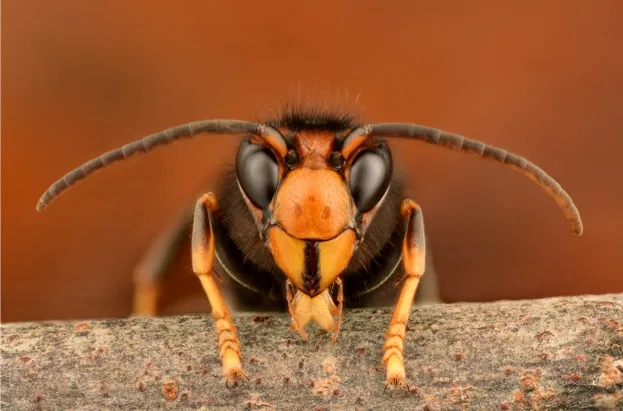Researchers have simulated how Asian hornets, also known as yellow-legged hornets, could advance across the UK from a single active nest.
This hornet species is a predator of honeybees and other insects, and if a single nest manages to thrive, there could be hundreds of thousands of them in the UK within just over two decades.
“Our research shows the potential for this predator to successfully invade and colonise the UK, spreading rapidly from any new invasion site,” says lead author Professor Matt Keeling from the University of Warwick.
“Even if we have managed to successfully control this first invasion, the presence of a growing population of these hornets in northern Europe makes future invasions inevitable.”

Asian hornets first appeared in Europe in 2004, believed to be amongst an import of Chinese pottery.
From the initial individuals in France, the species has since colonised a range of European countries, including Italy, Spain, Portugal, Germany, Switzerland and Belgium.
The first sighting of an Asian hornet in the UK occurred in 2016, when a nest was found and destroyed near Tetbury, Gloucestershire.
The Asian hornet was one of the top 30 high risk invasive alien species identified by the Centre for Ecology and Hydrology (CEH), which could threaten British biodiversity.
“We identified the threat posed by the Asian hornet a few years ago, and this study confirms the suitability of the UK for this species,” says Professor Helen Roy, an ecologist at CEH.
“It has been great to see the co-ordinated response of various authorities to the Asian hornet including support for early-warning through the Asian Hornet Watch app.”

Read the full paper in Scientific Reports
The Asian hornet is one of a number of invasive species which could cause problems in the UK if they become established. Click here to learn more.
Main image: The Asian hornet first appeared in Europe in 2004 © Giles San Martin
